
It is said that our powerful fleet led by Zheng he reached the Australian coast in the fifteenth century. But he didn't fly the flag. He didn't take it for himself. Nor did he leave any textual evidence, that's all. It was James Cook, the British explorer, who actually planted the flag on the Australian continent and incorporated it into the British landscape. He first mapped Australia's east coast and named it "New Wales," and then changed it to "New South Wales." Captain Cook landed near Sydney's Botany Bay on April 29, 1770, and the picture above shows where he landed.
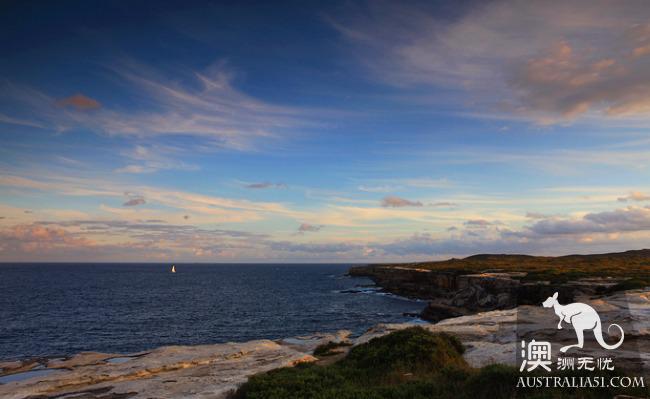
Botanical Bay is located 15 kilometers south of Sydney's downtown edge, picturesque. There are white beaches, steep cliffs and lush native shrubs. The view was not different from what Captain Cook had discovered when he landed.
The botanical bay is now listed in the botanical bay national park (Kamay Botany Bay National Park), is divided into north and south two parts, the north is the wedding dress resort of Rabeluz (La Perouse), The southern part of the Kunell region, (Kurnell area), was where Captain Cook got on the road.

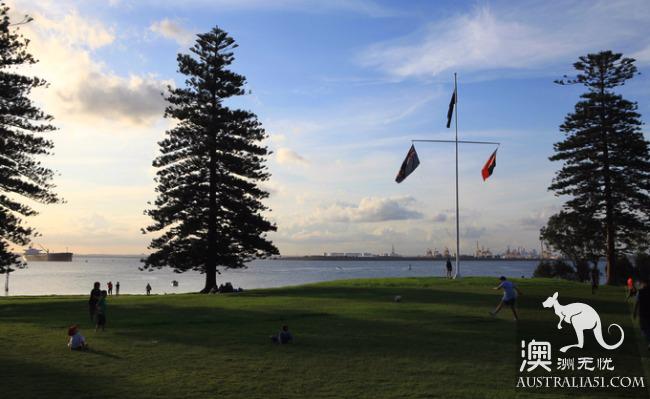


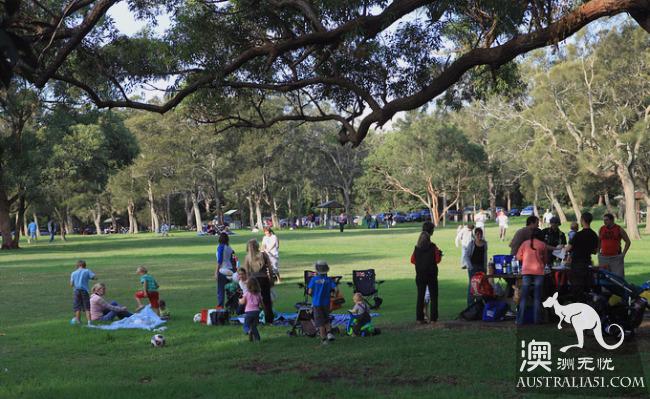
It is where Captain Cook landed the monument and the flag, and is now a good place for local residents and explorers to relax, entertain and have picnics.



At the entrance to Captain Cook's Landing Memorial, there is a tourist center with a museum inside. This paper introduces the impact of the arrival of Europeans on the Australian continent, where you can learn about Captain Cook's life and the objects and books of his expedition to Australia.
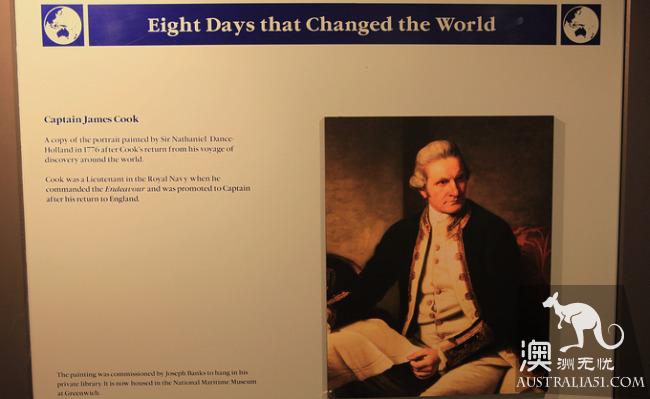
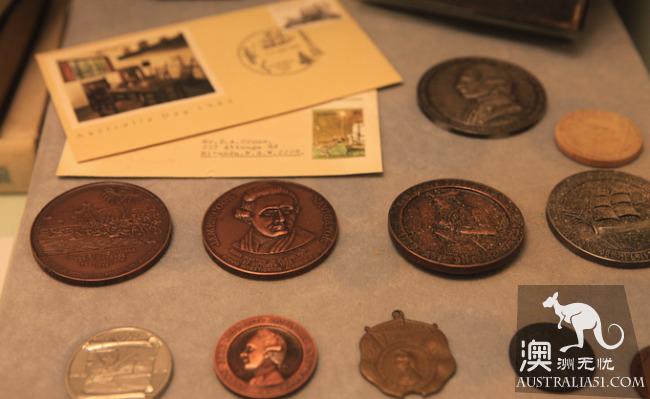


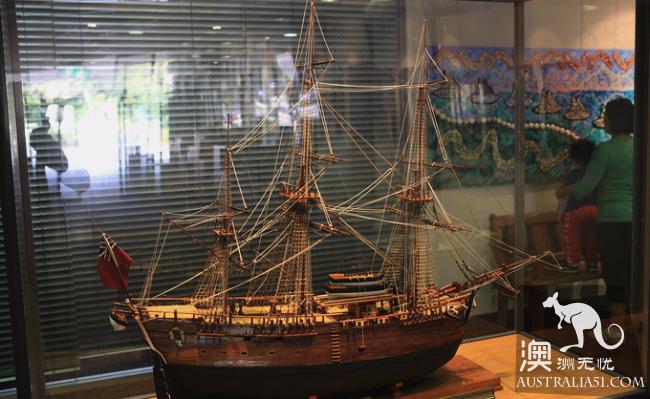
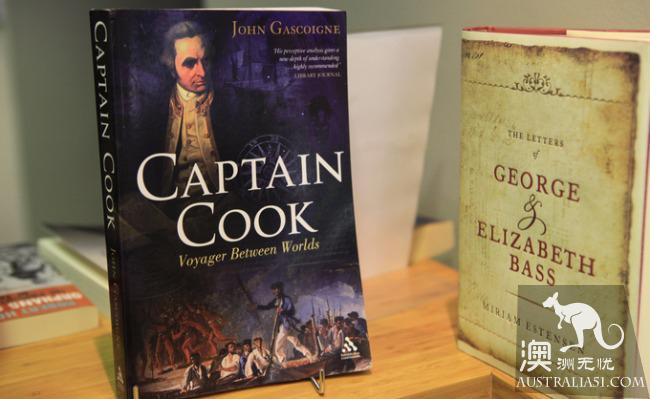
Thanks to Captain Cook's landing, the "first Fleet", led by British Captain Felipe, arrived in Sydney on January 26, 1788, with a fleet of six prisoners. On February 7, 1788, Captain Philip announced the establishment of the New South Wales colonial goverment and served as the first Governor. Until 1840, New South Wales was the destination for exiled prisoners in Britain. In the 19th century, New South Wales was gradually divided into several independent colonies, including Tasmania (1825). Victoria (1851), Queensland (1859), and South Australia (1836). In 1901, these colonies, together with Western Australia, formed the Commonwealth of Australia, (Commonwealth of Australia).
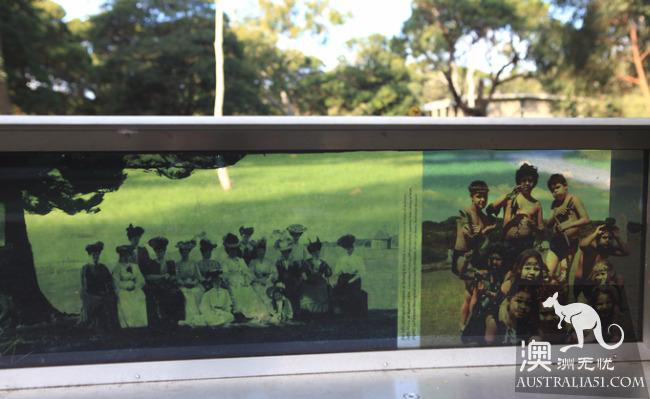

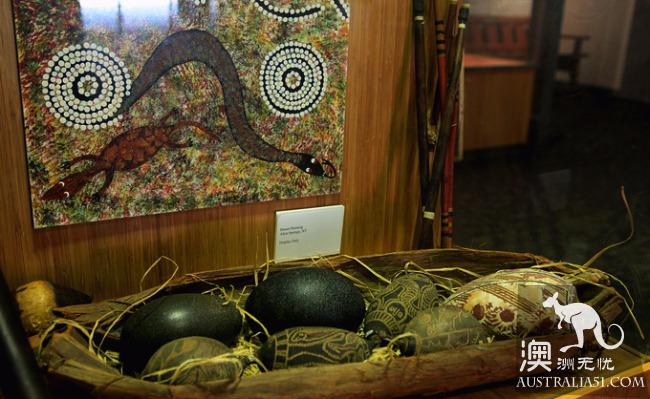
Again, the origin of the name "Sydney". Indigenous people began living in Sydney as early as 50, 000 years ago and lived a backward primitive life before the British colonists arrived, according to the study. The native language called it "Warrane". British Secretary of Home Affairs, Baron Thomas Danschende (Thomas Townshend, Baron Sydney), led a "first flotilla" by Admiral Arthur Philip to Port Jackson on January 26, 1788, carrying 1485 people, including 776 prisoners. Landed in a small bay in the port. In honor of the Baron of Sydney, Captain Philip named the landing site "Sydney Bay" (Sydney Cove), Sydney City.
Captain Cook's landing seemed a bit bland, but in the landscape of Cape Solander, two kilometers from it, the weather would have been thousands. Every June whale migration season, from here you can see a large number of whale infestation. Friends who come to Botany Bay National Park to explore secrets must not miss here.
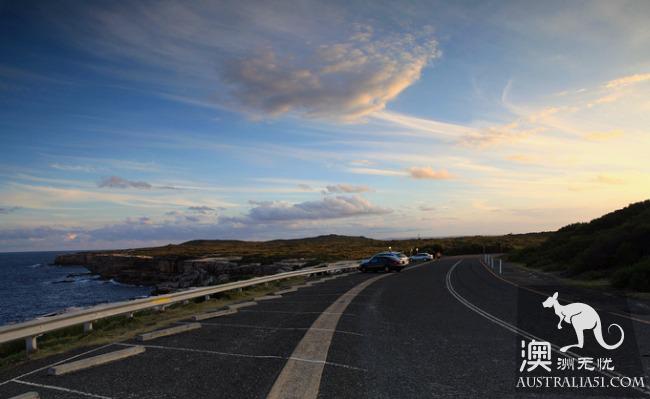
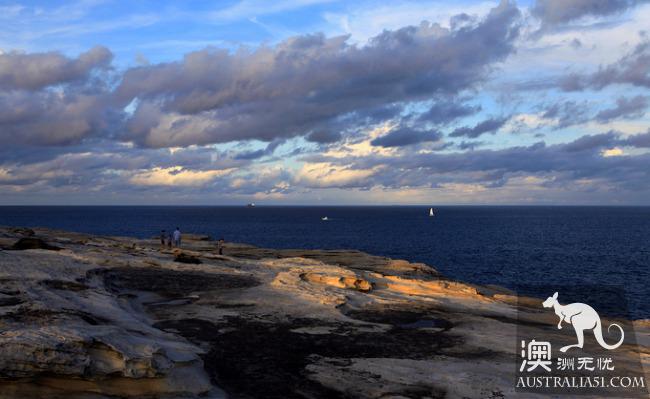
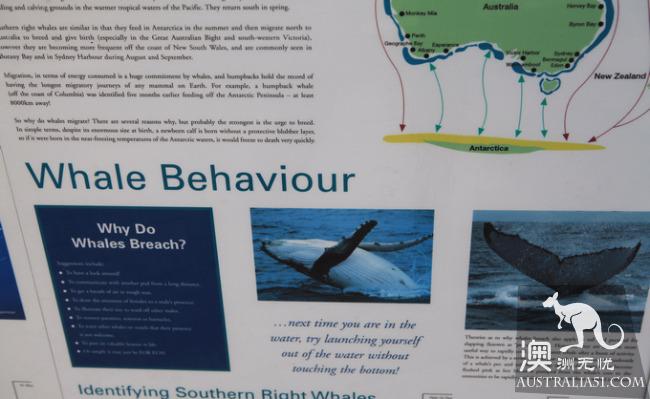
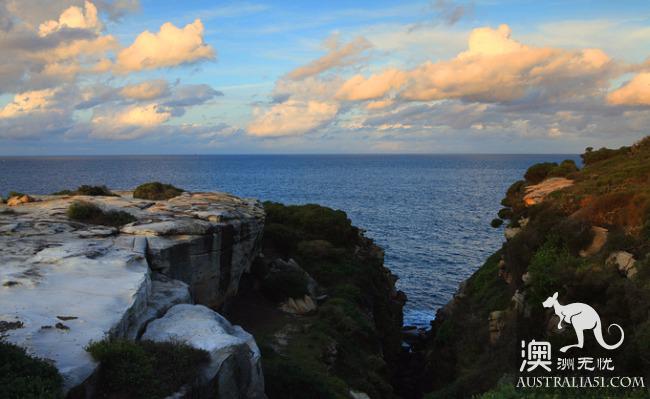
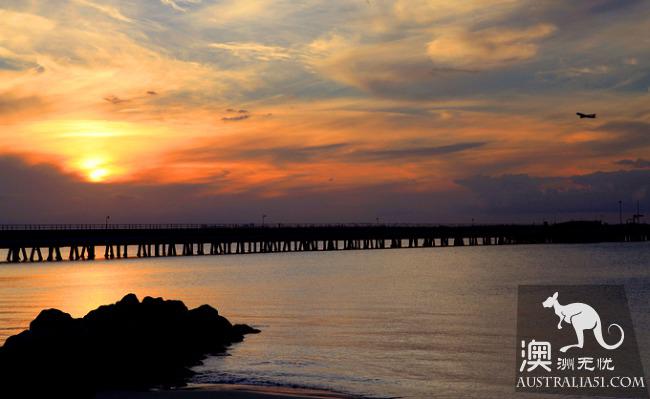
Car access to Botany Bay National Park's Day Pass costs US $7; the 458-hectare park has jungle and coastal hiking lines, and multiple hiking routes start close to the park's entrance, so you can also park outside. To get there by bus, get off by train to Cronulla and transfer to the park by bus 987, which takes 20 minutes, or about an hour, to go to the park.


